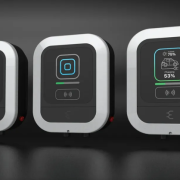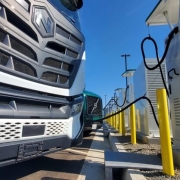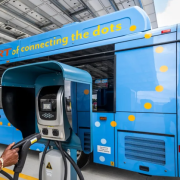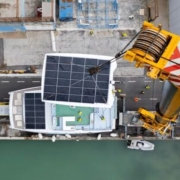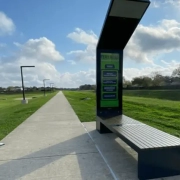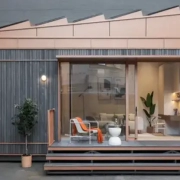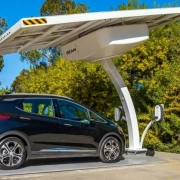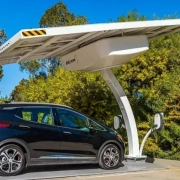The Italian luxury sports car maker is preparing to launch its first EV. Ferrari’s new e-building opened its doors on Friday with Italian President Sergio Mattarella in attendance. The new plant, entirely powered by renewable energy, is set to launch the first Ferrari EV sports car.
Ferrari’s first fully electric sports car will be built at the new e-building. CEO Benedetto Vigna said the new factory will “light up” Ferrari’s future.
The e-building will enable Ferrari to continue to “audaciously redefine the limits of what’s possible.” Ferrari’s first EV sports car will be built at the facility alongside its next-gen hybrids and ICE vehicles. The facility will also produce batteries, electric motors, and inverters for Ferrari’s EV.
Click here to read the full article
Source: electrek
—
If you have any questions or thoughts about the topic, feel free to contact us here or leave a comment below.



